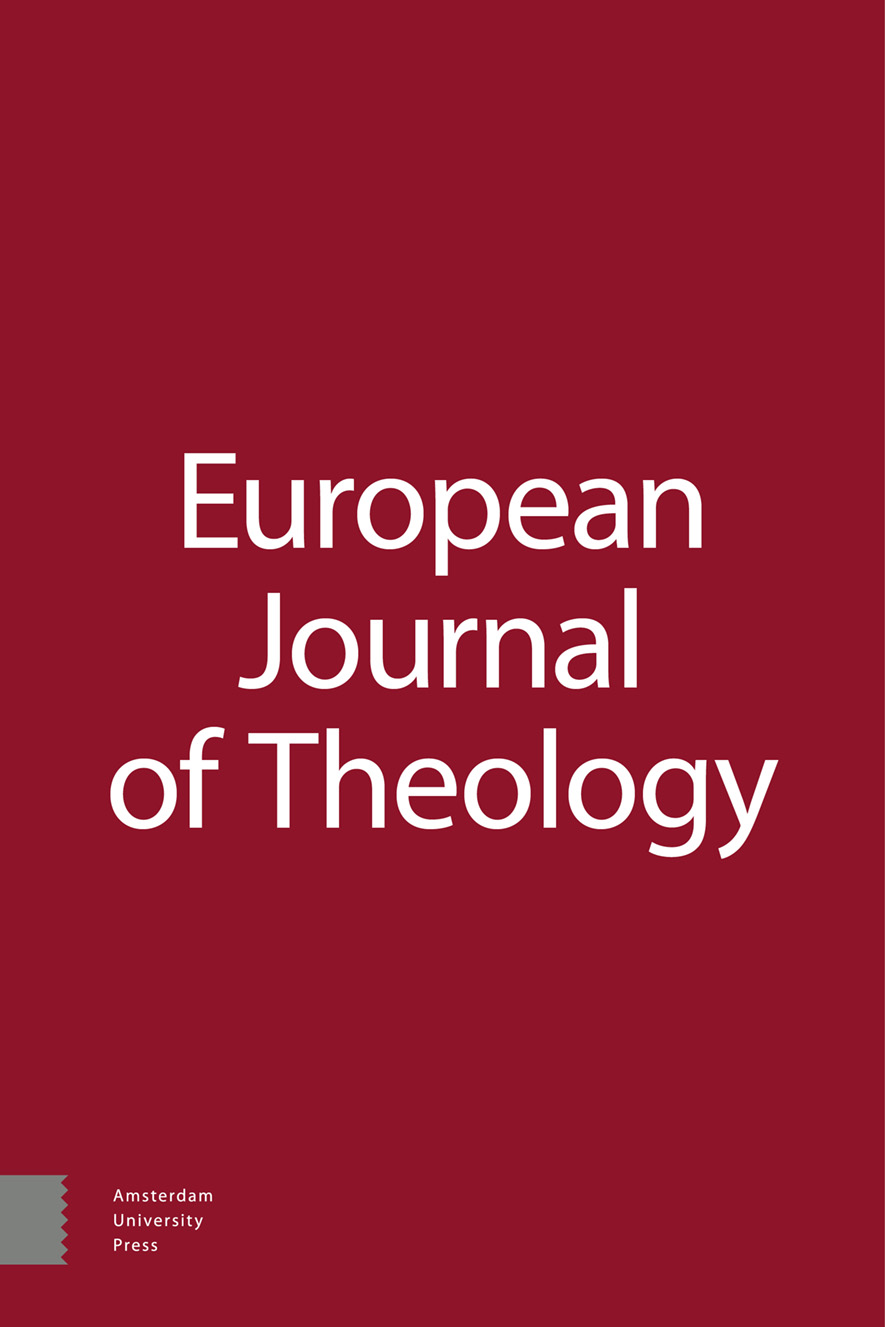
Full text loading...
We use cookies to track usage and preferences.I Understand
This study aims to derive principles for a theology of miracles from the theology of Martin Chemnitz. Drawing from patristic dyothelite Christology, Chemnitz describes the relationship between Jesus’ two natures as an interaction between divine and human will. This leads to an analogous understanding of the relationship between Jesus’ two natures in the hypostatic union and the relationship between the risen Jesus and believers. Having considered the concept of miracles, the study argues that this analogy can be applied as a fundamental presupposition for a theology of miracles. The article further illustrates that Chemnitz’ thoughts about miracles build upon the Christological and anthropological assumptions of Athanasius, suggesting that Chemnitz’ views contribute foundational elements for a theology of miracles aligned with Nicene Christology.

Article metrics loading...

Full text loading...
References


